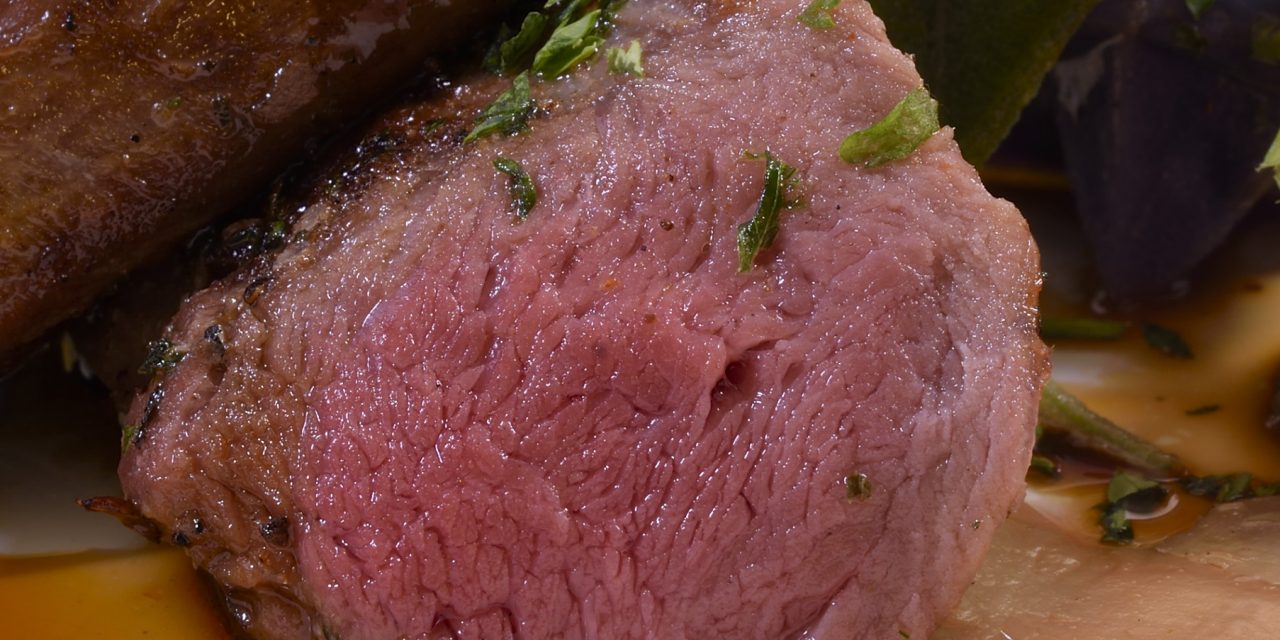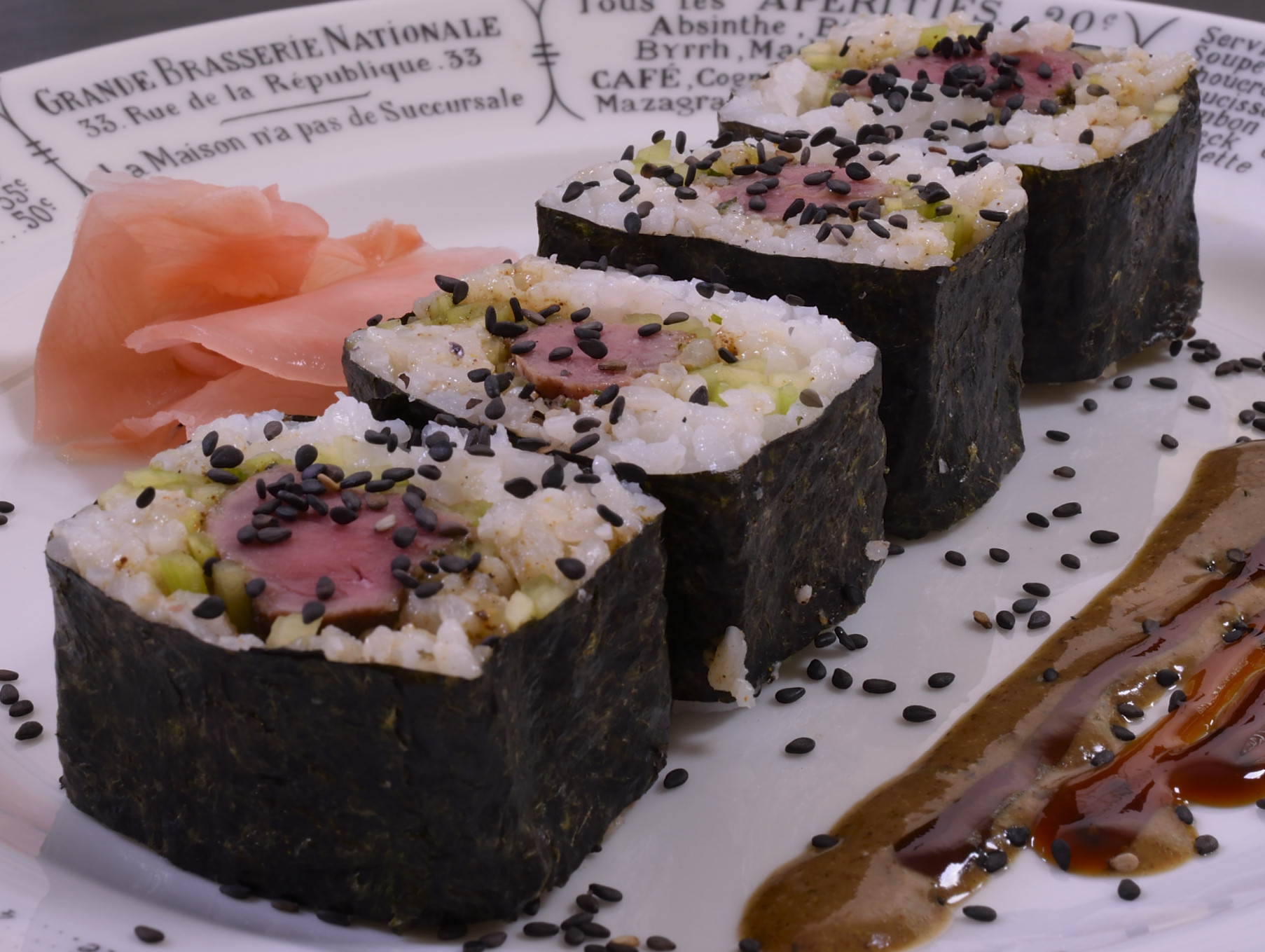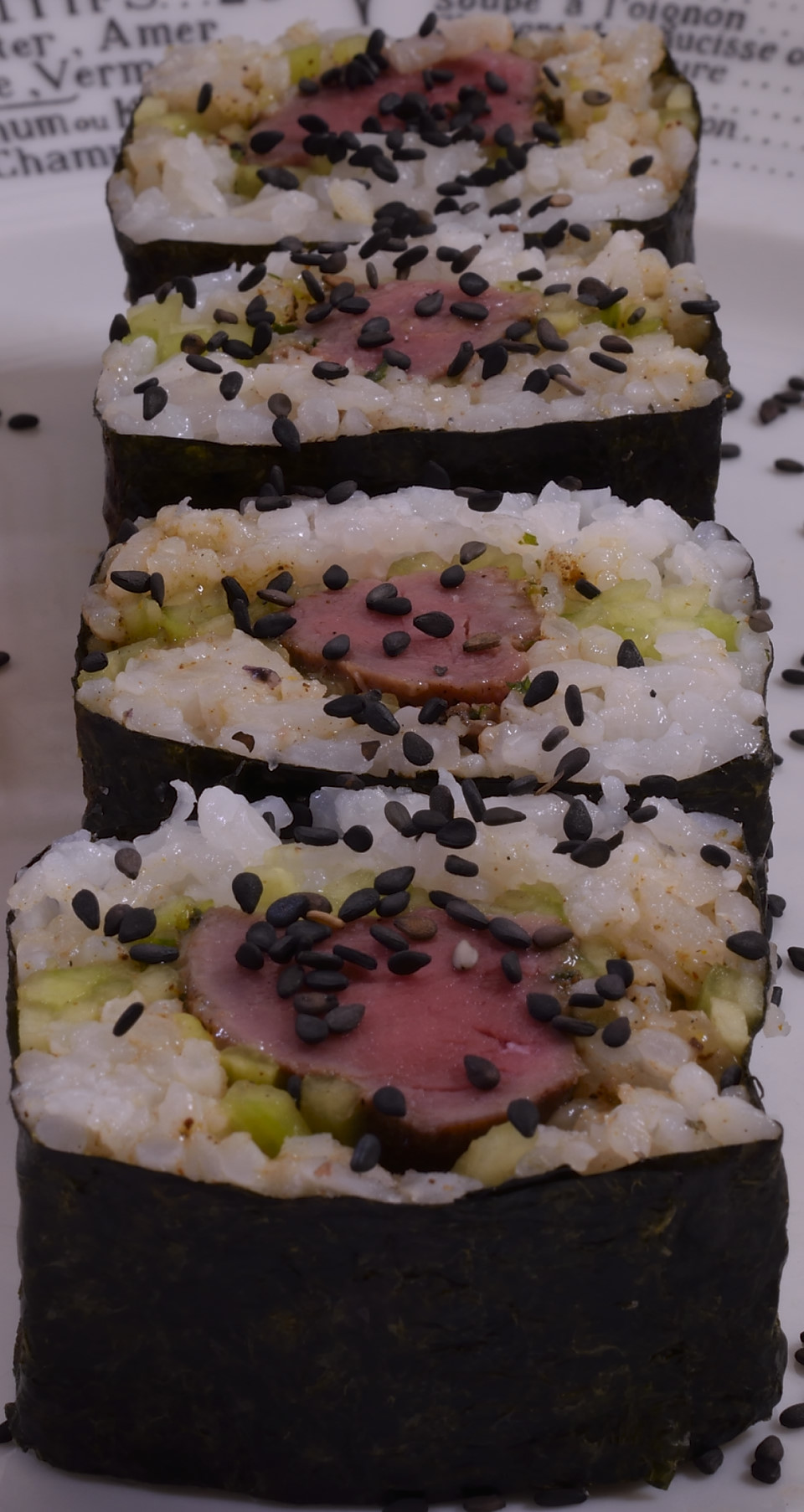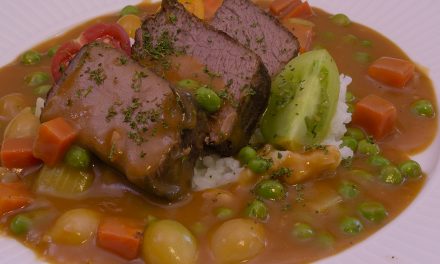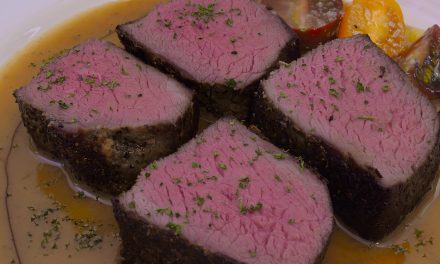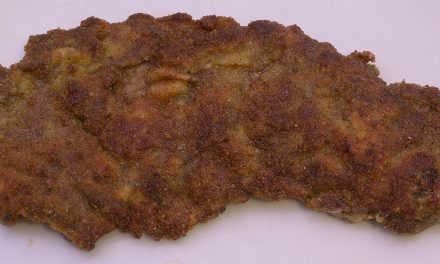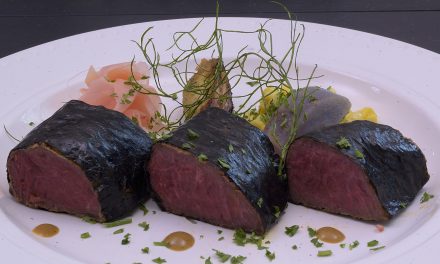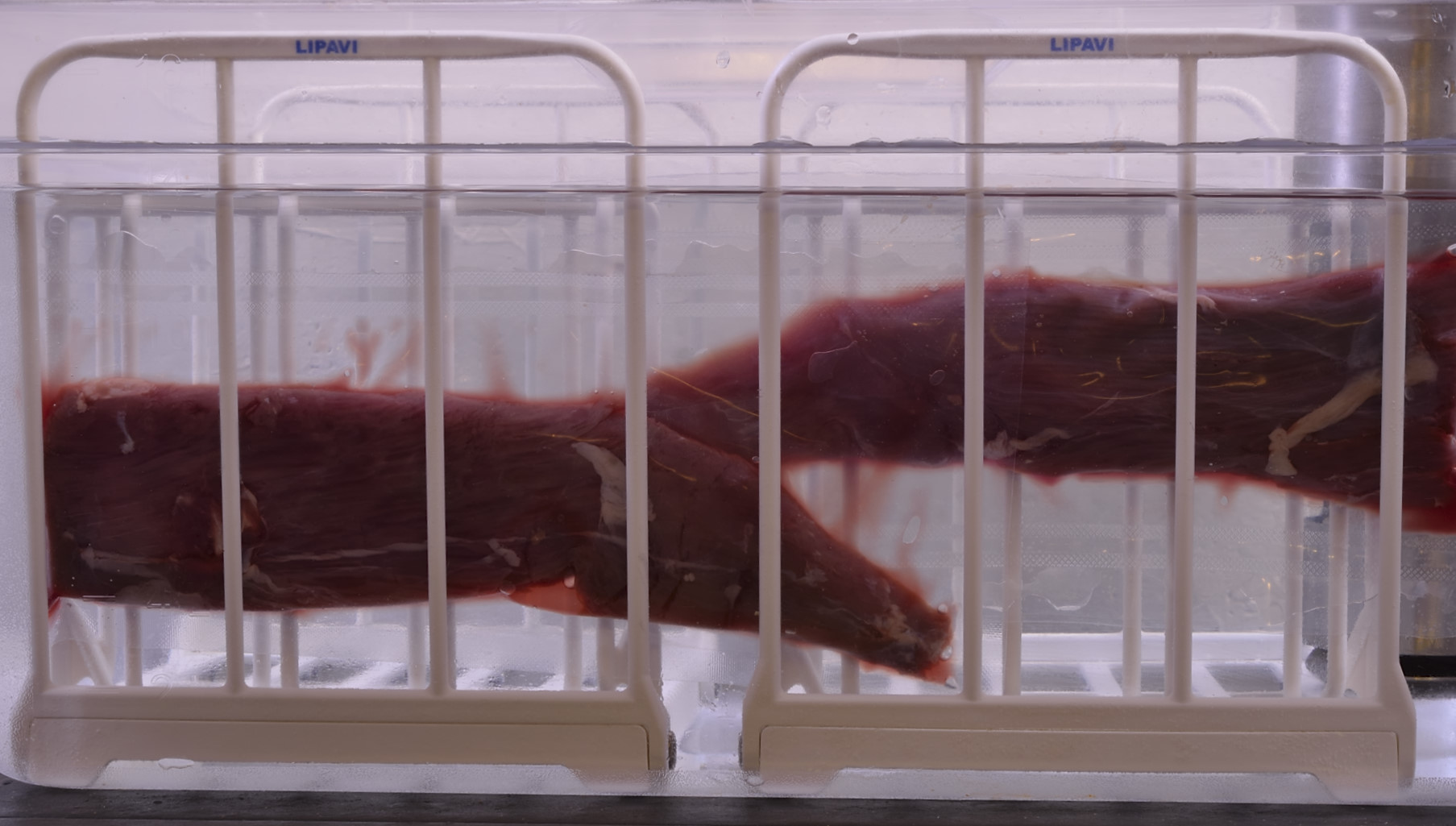
Above: Lipavi C15 container, N15 polycarbonate racks. Lipavi C15L lid.
Introduction, literally
Deer are not indigenous to the Hawaiian Islands. Hong Kong gifted eight Indian Axis deer to King Kamehameha V in the late 19th century, whereupon they were set free in Molokai. They flourished. Now there are about 50,000. Twelve more were released into the wild on Lanai in 1920, and now there are about 20,000. Nine deer were introduced into the wild on Maui in in the 1950’s, and now there about 40,000. Axis deer have no natural enemies on the islands and they are very prolific.
Sounds great, right? Not great. As it turns out, an animal can be majestically beautiful and still be a pest. People who have actually been to the Hawaiian islands know that it is not all beaches and resorts. Even though the acreage is very limited, the favorable weather sustains extensive farming and ranching. The Axis deer compete with the interests of commercial agri-business just like wolves compete with the interests of cattle ranchers. A herd of deer can decimate an entire pasture in an evening.
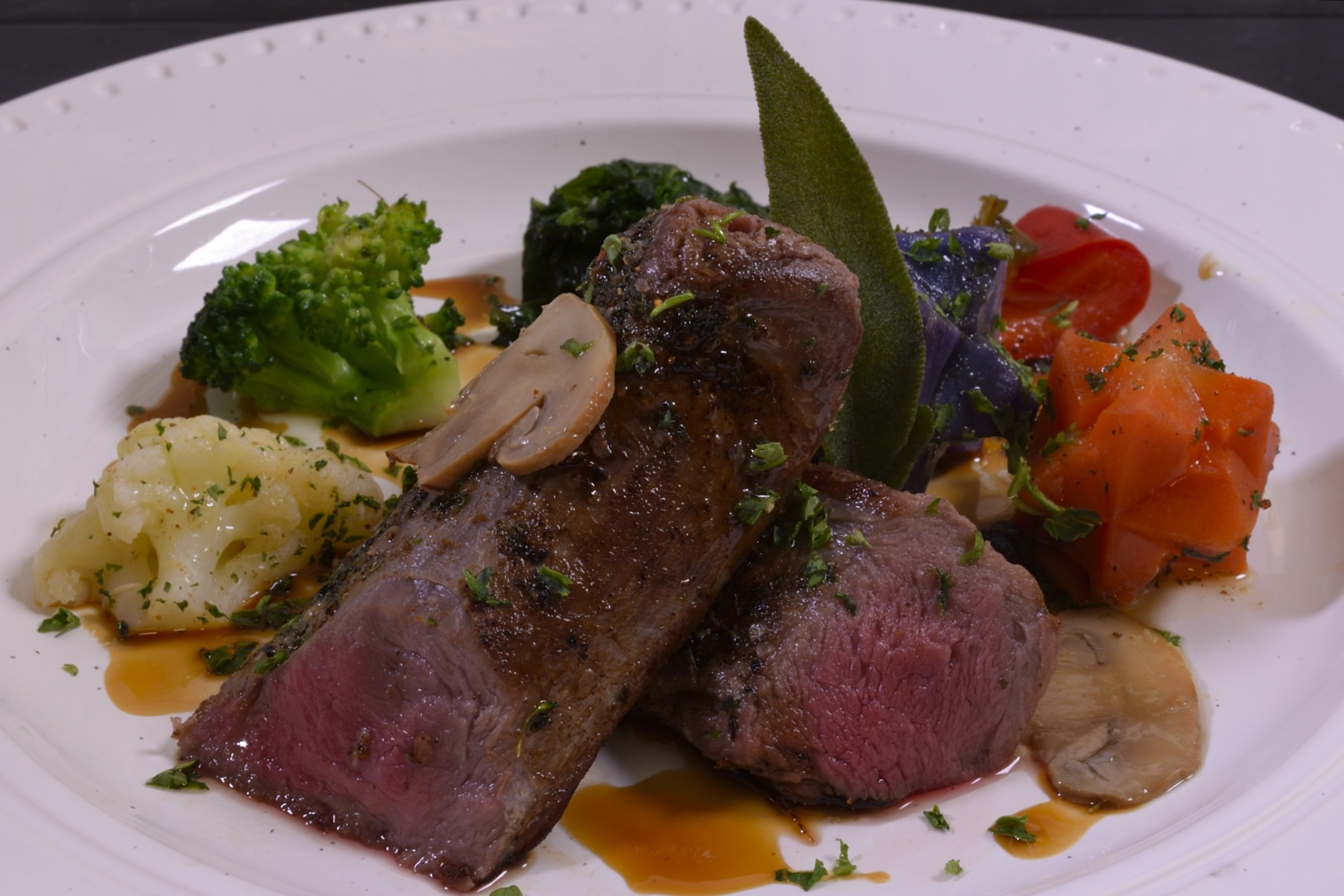
The population of deer is now “managed” to prevent it from getting completely out of hand. Contemporary chefs are always eager to outdo each other by introducing exotic items, so Maui Nui Venison fits right into that model. The animals are similar in size to lamb. The meat is lean, “beefy” and high quality. Usually priced way out of most people’s range, the quarantine driven collapse of the restaurant industry has resulted in a few wholesale market “fire sales.” Brokers need to eliminate inventory as part of the hunkering down process. These tenderloins came at about 20% off of the regular price, which is usually about 150% of a corresponding cut of beef. And we used to wonder why restaurants were so expensive. Haha, wait til they reopen with all that new debt!
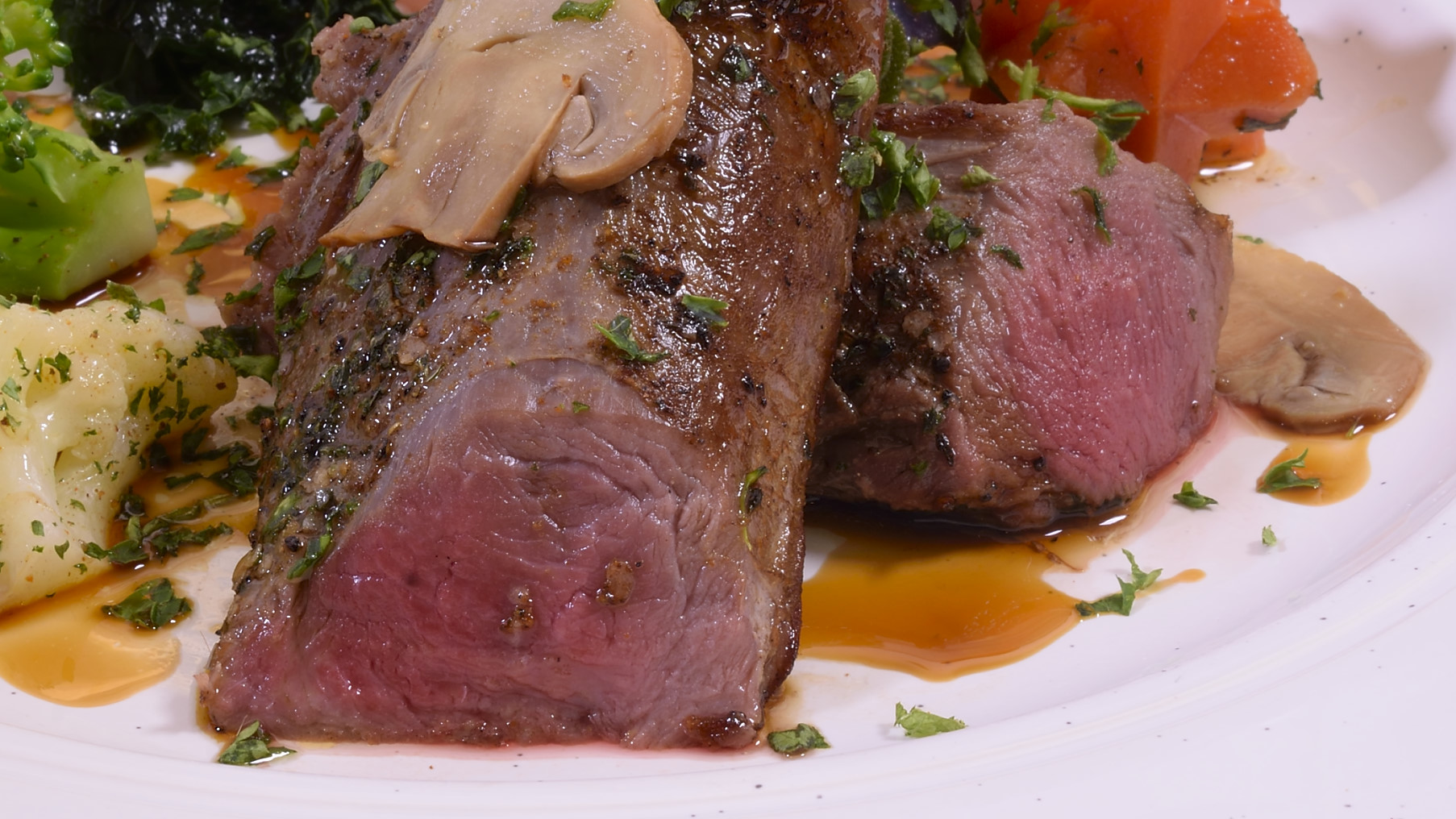
Blather
I don’t get bored. If necessary, I can live inside my head oblivious to my surroundings, at least for the most part. Drives my wife crazy. However, I do find time to do things if something captivates my interest. Venison tenderloins that weigh no more than half a pound present an interesting challenge for plating. You definitely don’t want to put a baked potato on there. It’s nice to have something different to play with.
Basic Ingredients:
Maui Nui Venison tenderloin, as needed, I used 4 oz/120 g sections.
Seasonings.
Vegetable oil.
All the optional stuff:
Potatoes.
Rice.
Cauliflower, tiny pieces.
Kale.
Broccoli, tiny pieces.
Pickled red sweet pepper, tiny pieces.
Mushrooms, thin slices.
Cucumbers.
Parsley, chopped.
Nori sheets.
Black sesame seeds.
Sage leaves, deep fried until they stop bubbling. They get super crisp, be careful handling them.
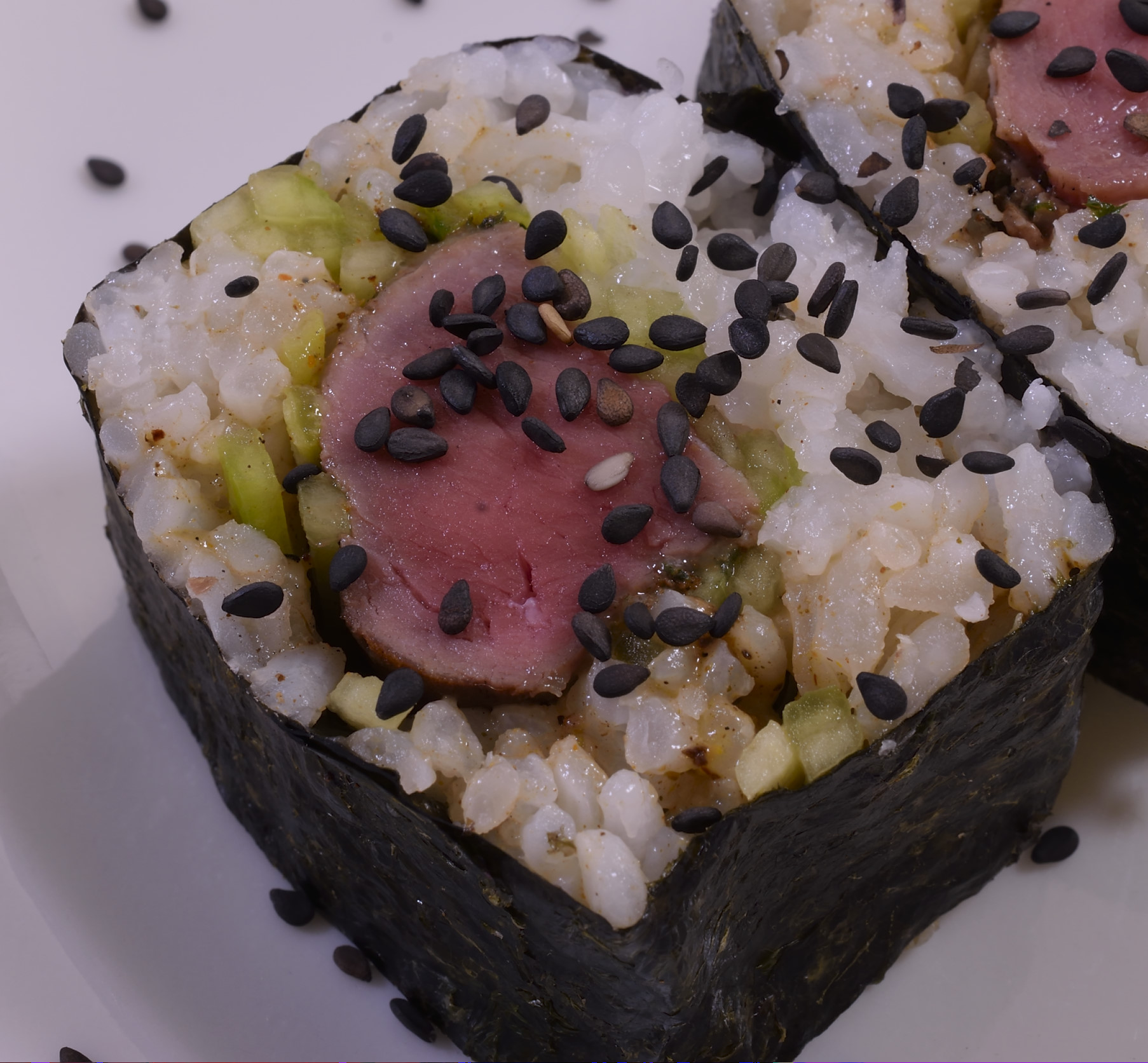
Crossroads
These tenderloins required no prep time and the processing time is really short too. This means that the practitioner should decide just how they’re going to be served before dropping them in the tank. I mention this because it is a common oversight among home cooking enthusiasts. I wanted to demo a couple of different presentations but I made sure I had ALL the prep done before starting the sous vide process. At these prices, it would be a shame to just shove the steak between a couple of pieces of toast. “Where’s the ketchup?”
Tarry not
Preheat the sous vide bath to 126 F/52 C.
Do all the other prep before proceeding, like I said.
Stage the tenderloin into dedicated vacuum bags. Seal and sous vide process for 3 hours.

Remove the tenderloin from the package and pat dry.

Sprinkle with your preferred seasoning–we have a large collection of seasoning/rub recipes HERE. After seasoning, drizzle or spray with a few drops of vegetable oil.
Preheat a skillet to 350 F/176 C.

Sear for about thirty seconds on each side. Why bother to sous vide in the first place? Because this is a sous vide web site.
Like a steak
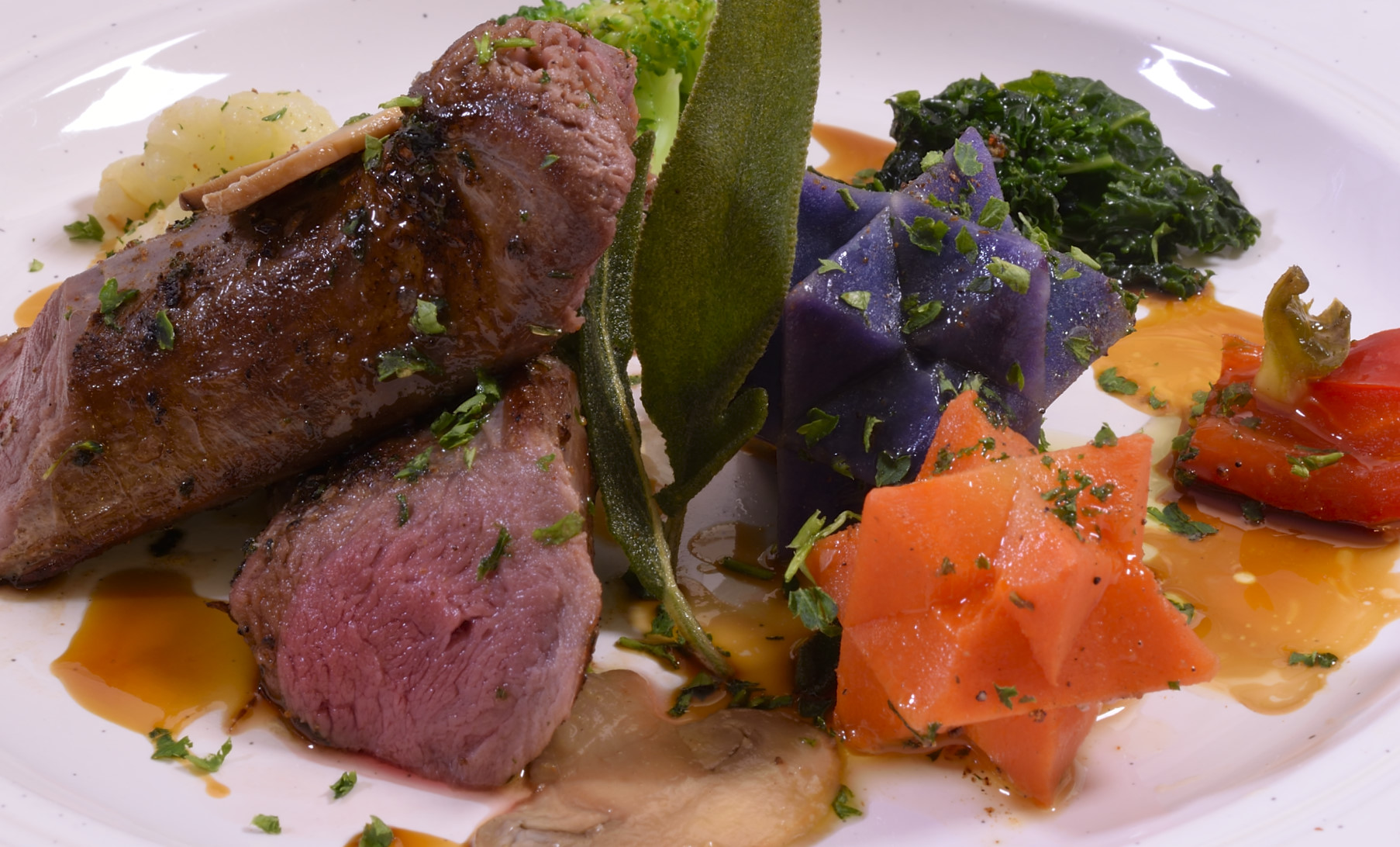
All the usual suspects: cauliflower, broccoli, carrots, mushrooms, even a little bit of kale. Crispy sage leaves and a heavily reduced demi-glace. Chopped parsley (optional).
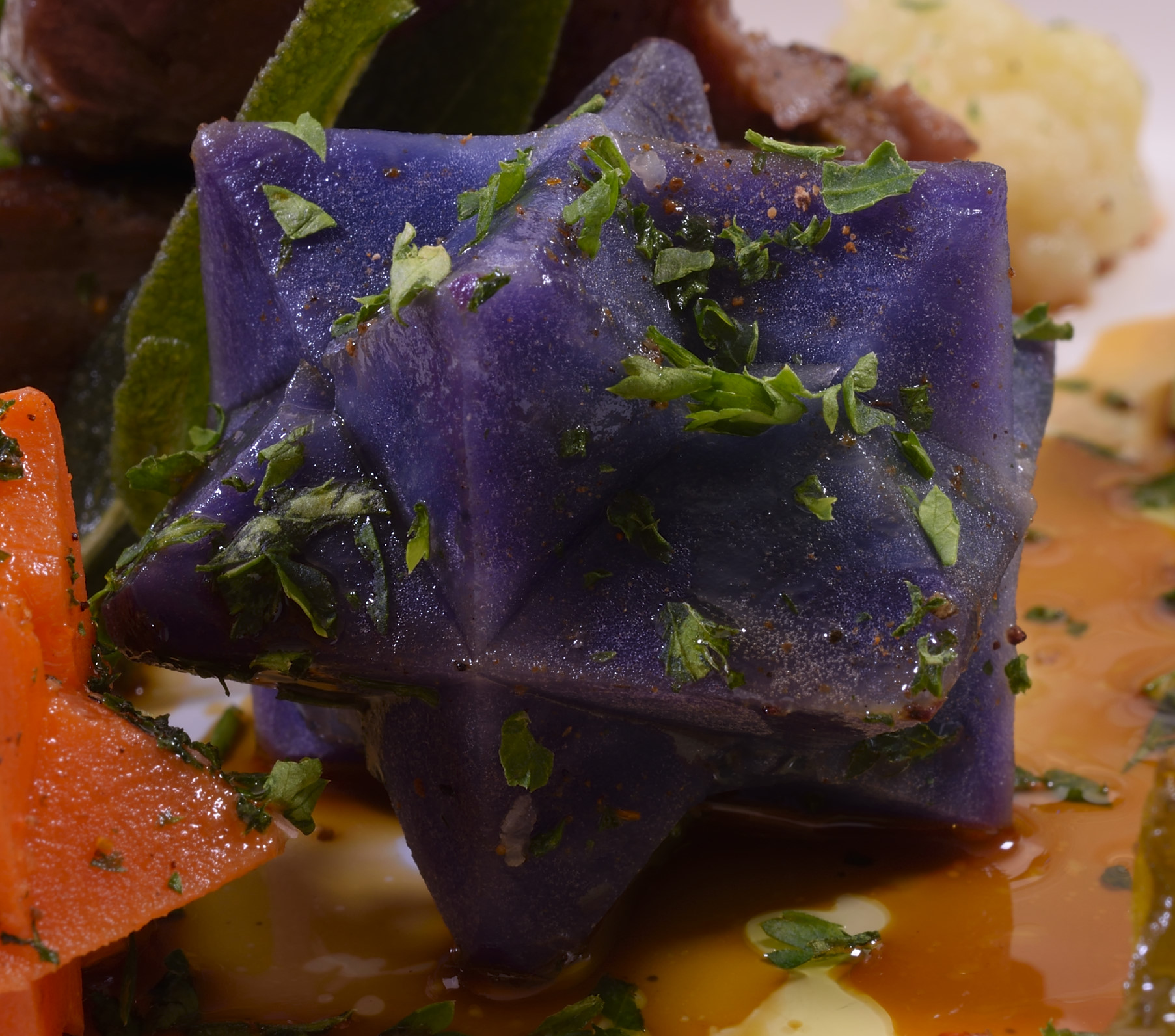
Watch the video that explains how to carve the potatoes.
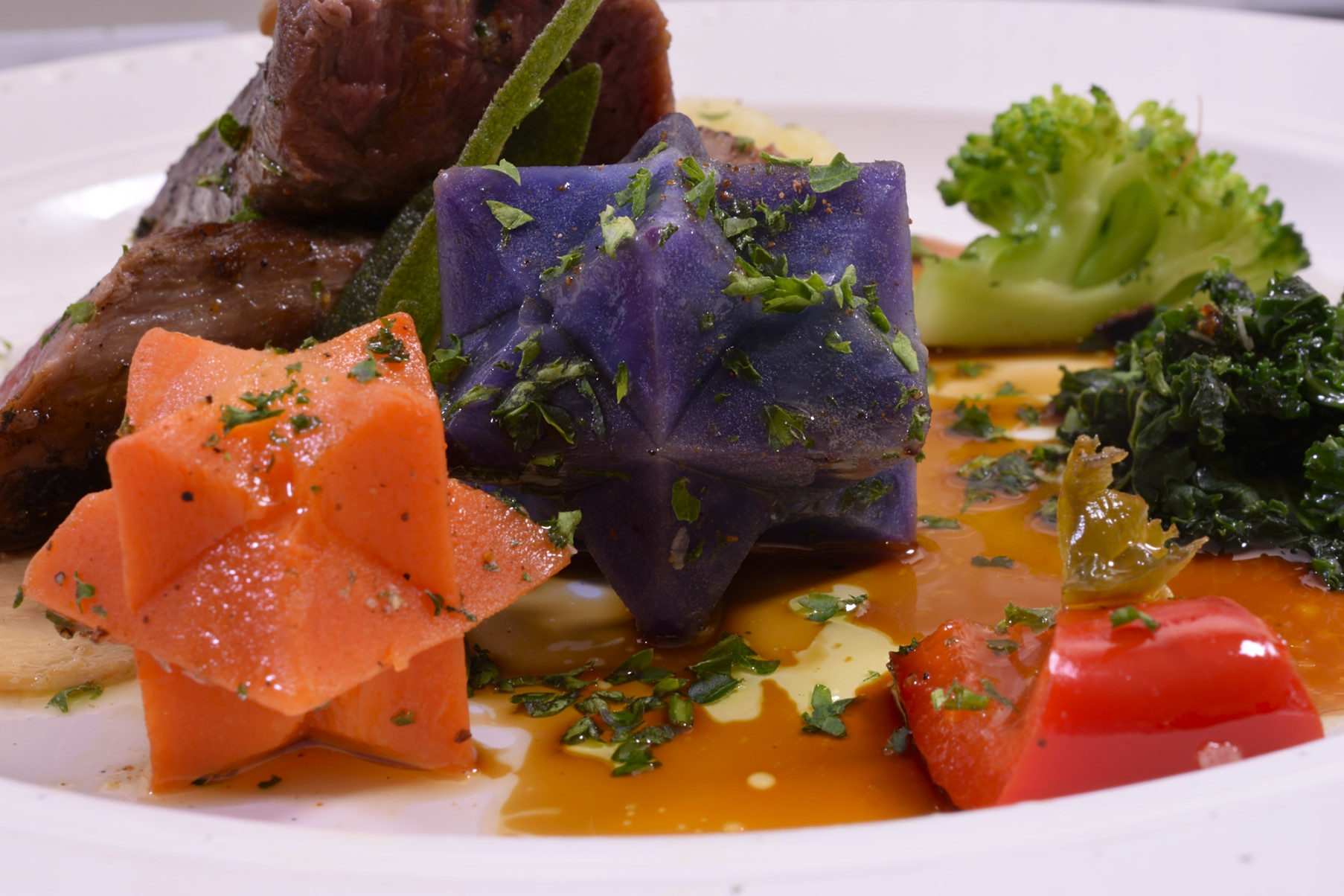
The carrots are done the same way but they have to be cooked first. 183 F/84 C X one hour.
Alternatives
I got it in my head to bring out the maki sushi gear.
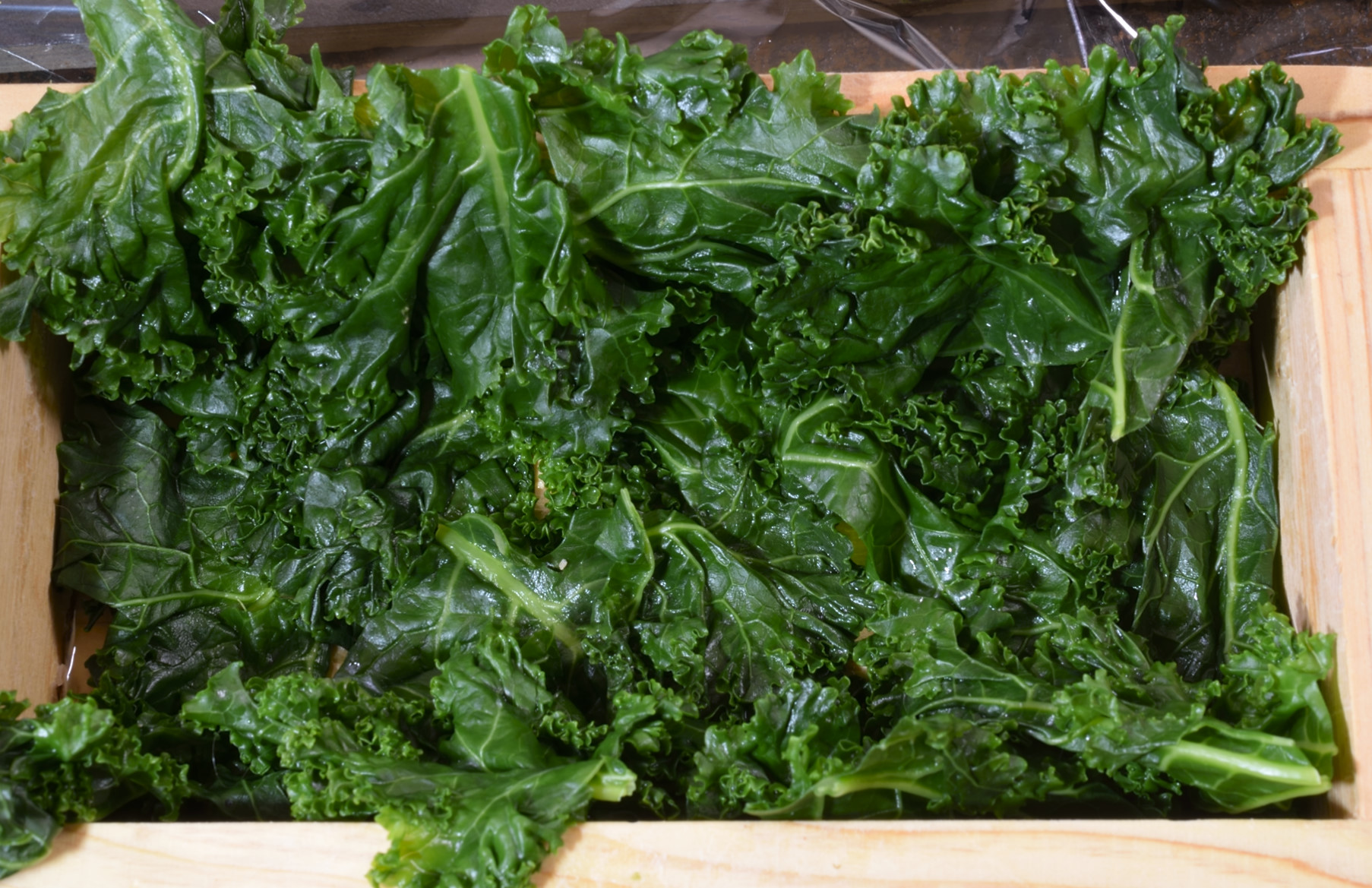
Not to be outdone, I found myself in the possession of some kale. I sprinkled it with salt, wrapped it in a towel and vacuumed it in a plastic bag. Overnight, the leaves wilt and lose some of their bitter juices. Rinsed and blanched, you are left with a bright green, palatable leaf. Even though using the bamboo mat to make maki sushi is not difficult, the wooden frames are handy too. Plastic wrap should never be far away. There are a zillion web videos that show just how to do it.
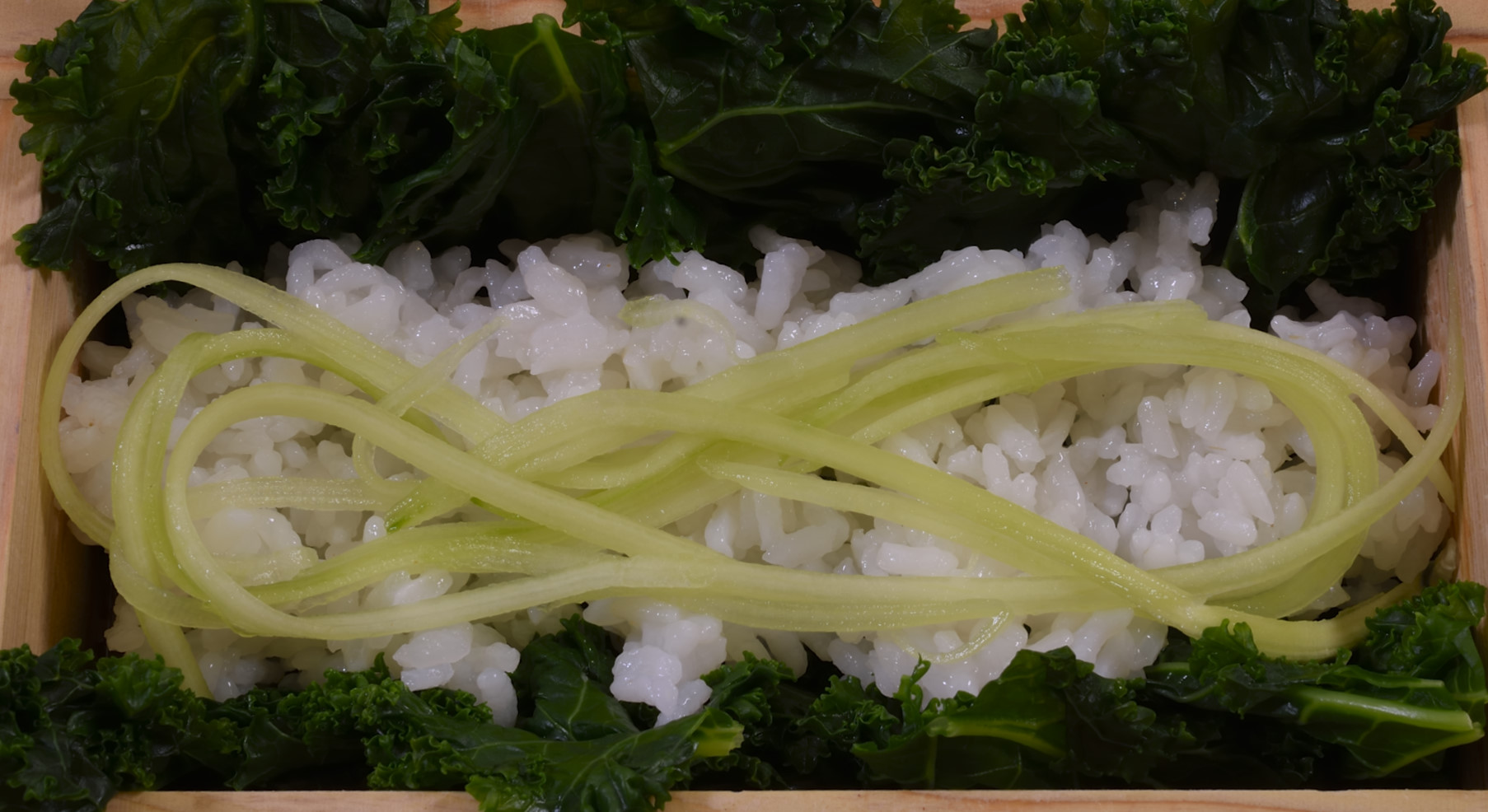
Rice. I used to buy Nishiki, but it’s not really necessary. This is hinode short grain. The cucumbers are peeled and cut into strips with a mandolin. They also have hand held vegetable peelers now that have a little gizmo on them to cut strands. Right, they have those spiral cutters to do that now too.
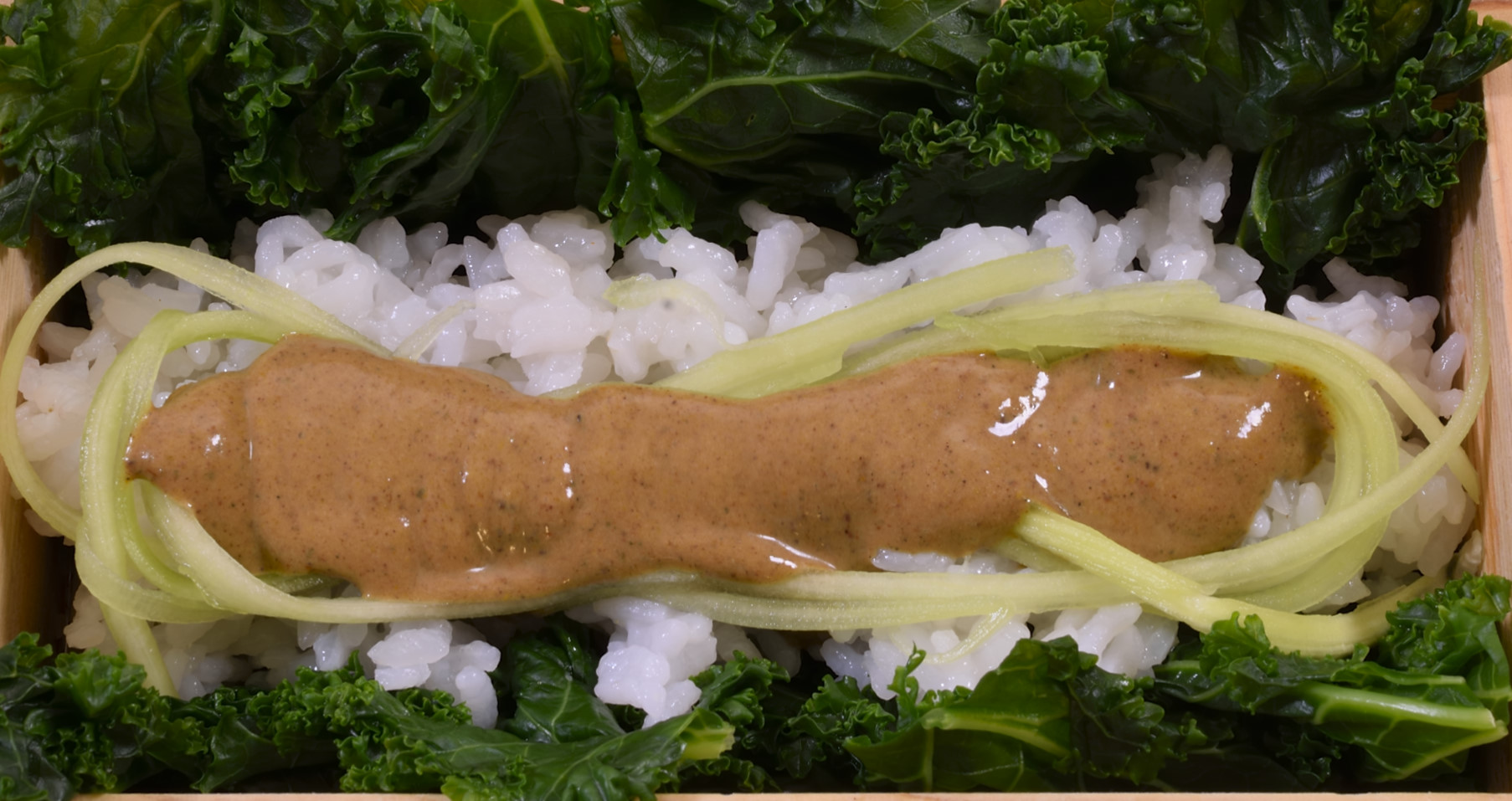
Some kind of sauce, I mix and match. I can’t remember if that was a tamarind sauce or my ersatz Tonkatsu. Here’s some options.
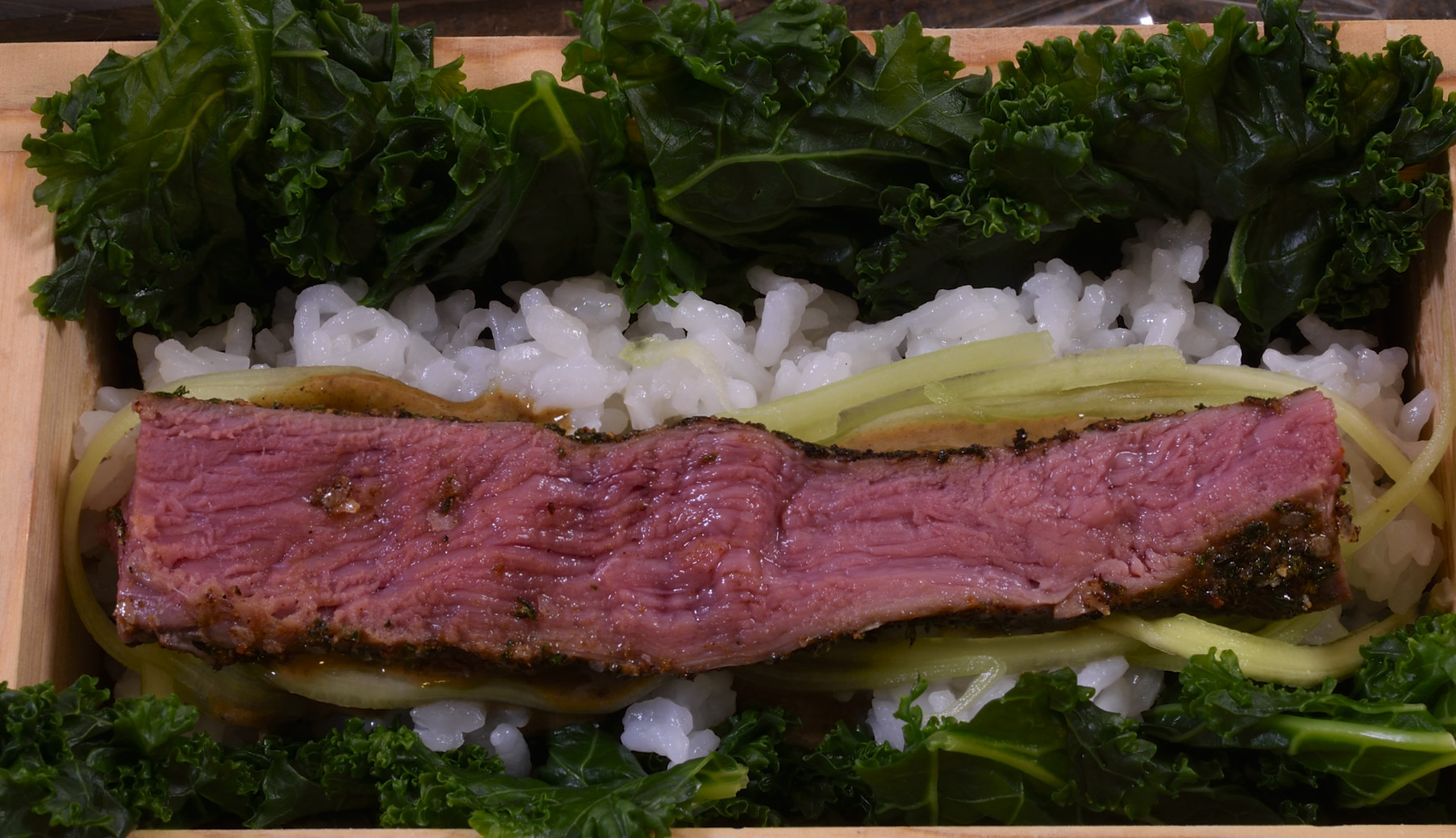
Cut the tenderloin in half lengthwise and lay it out.
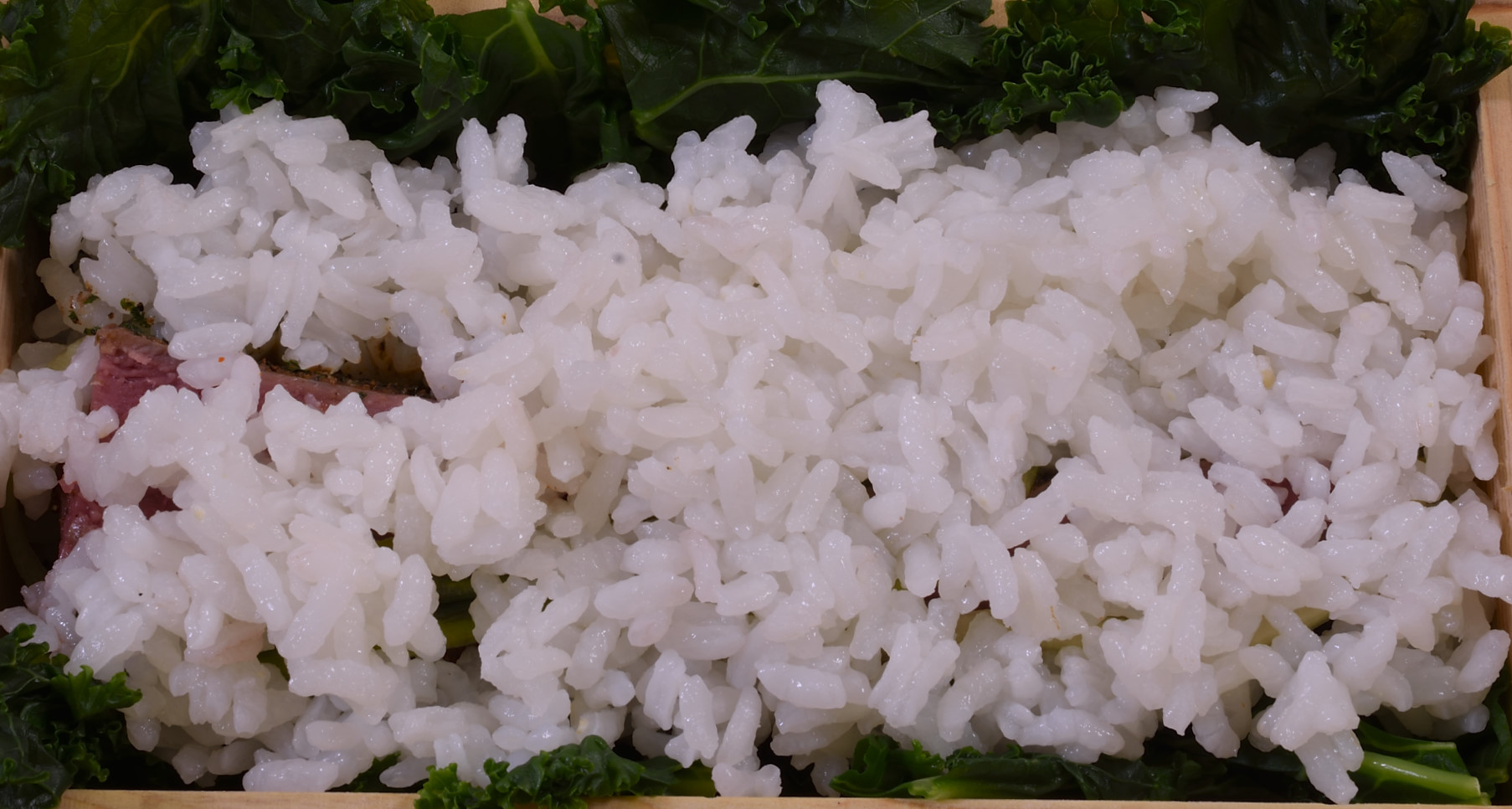
Cover with the rice.
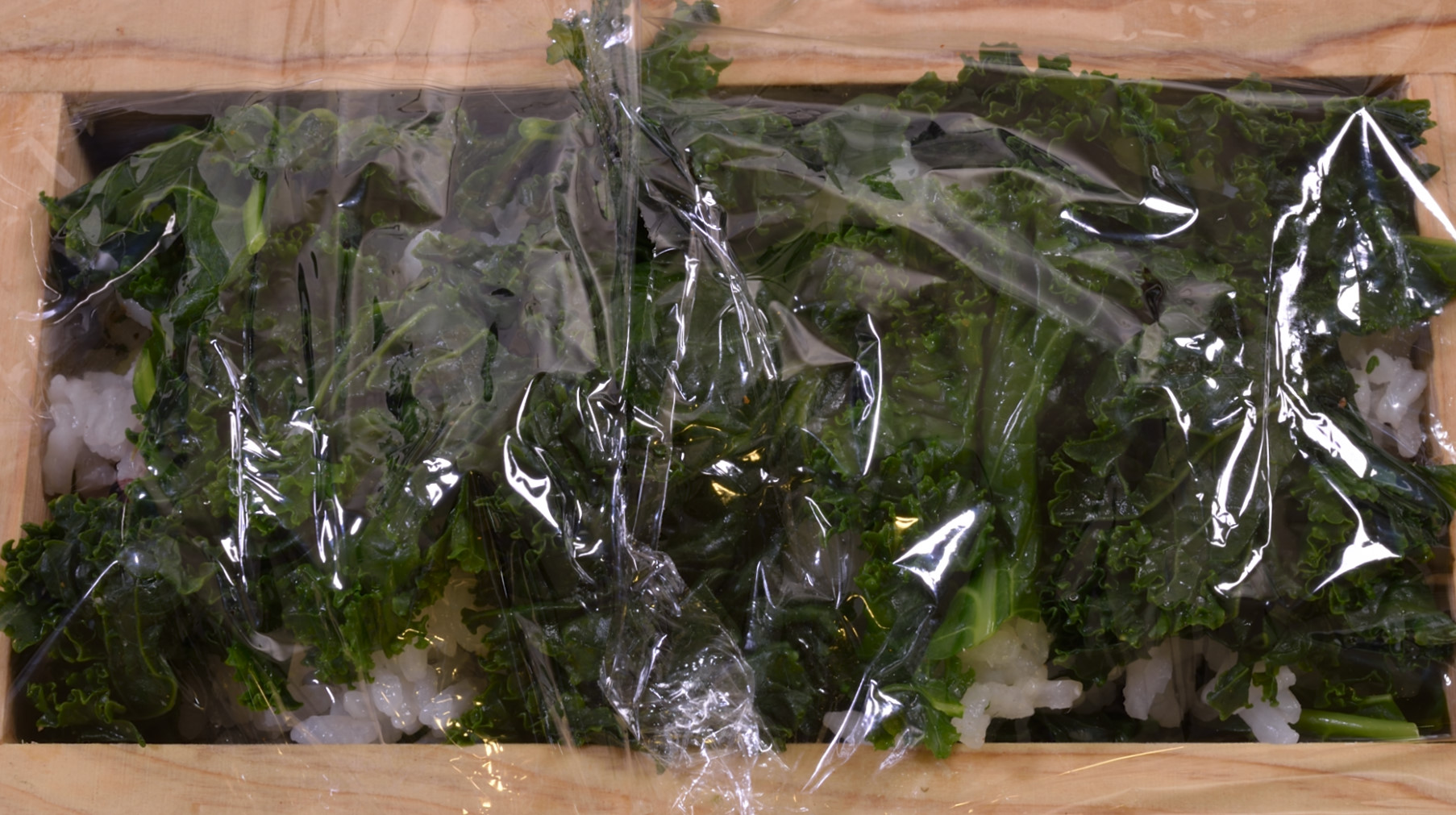
Another layer of kale, plastic wrap to prevent sticking to the board.
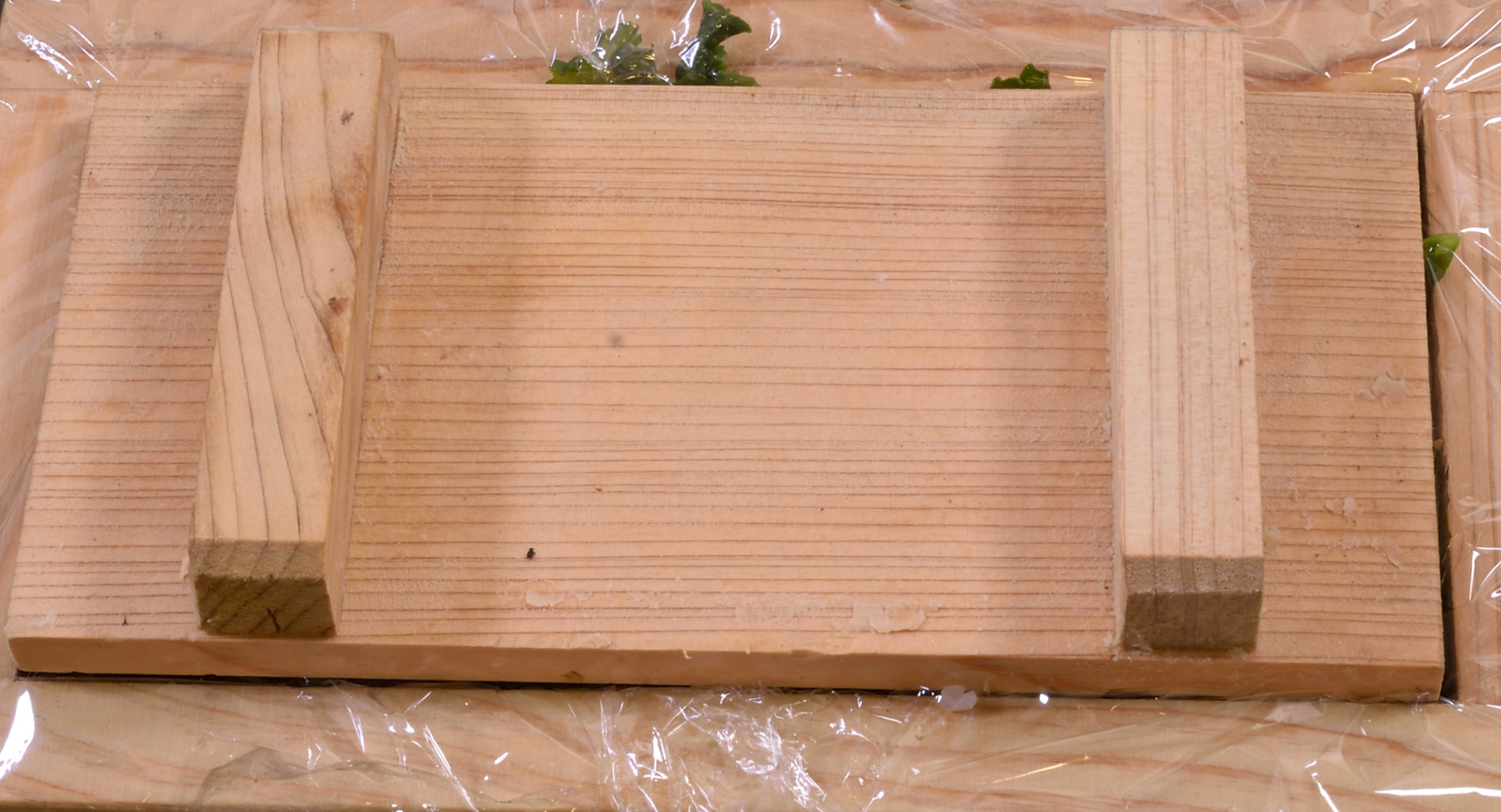
Lay the press on top. Pressing lightly will create the desired effect. I got a little carried away with the novelty of it all.
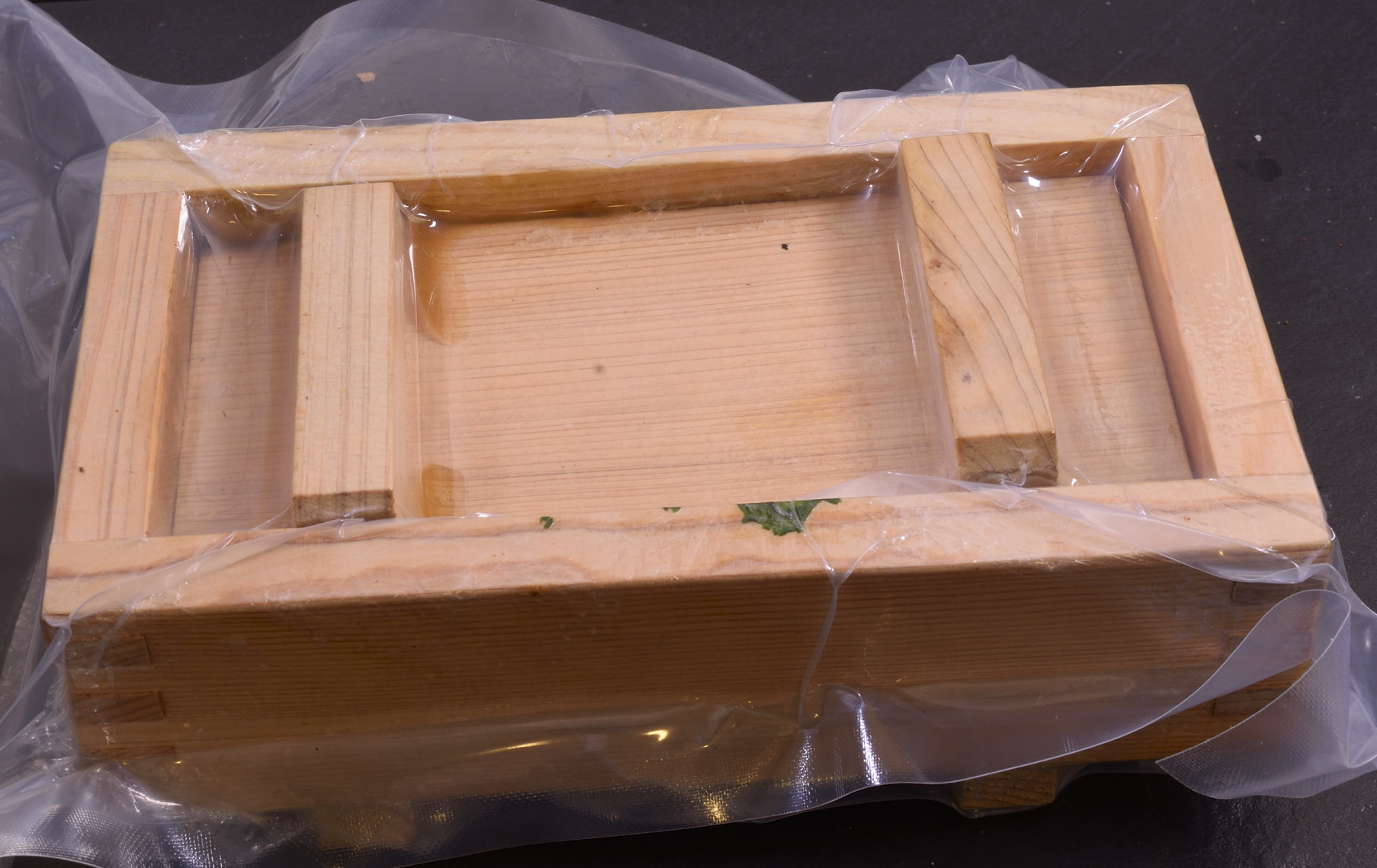
So I vacuumed the whole thing.

I will call this a partial fail. Kinda flat.
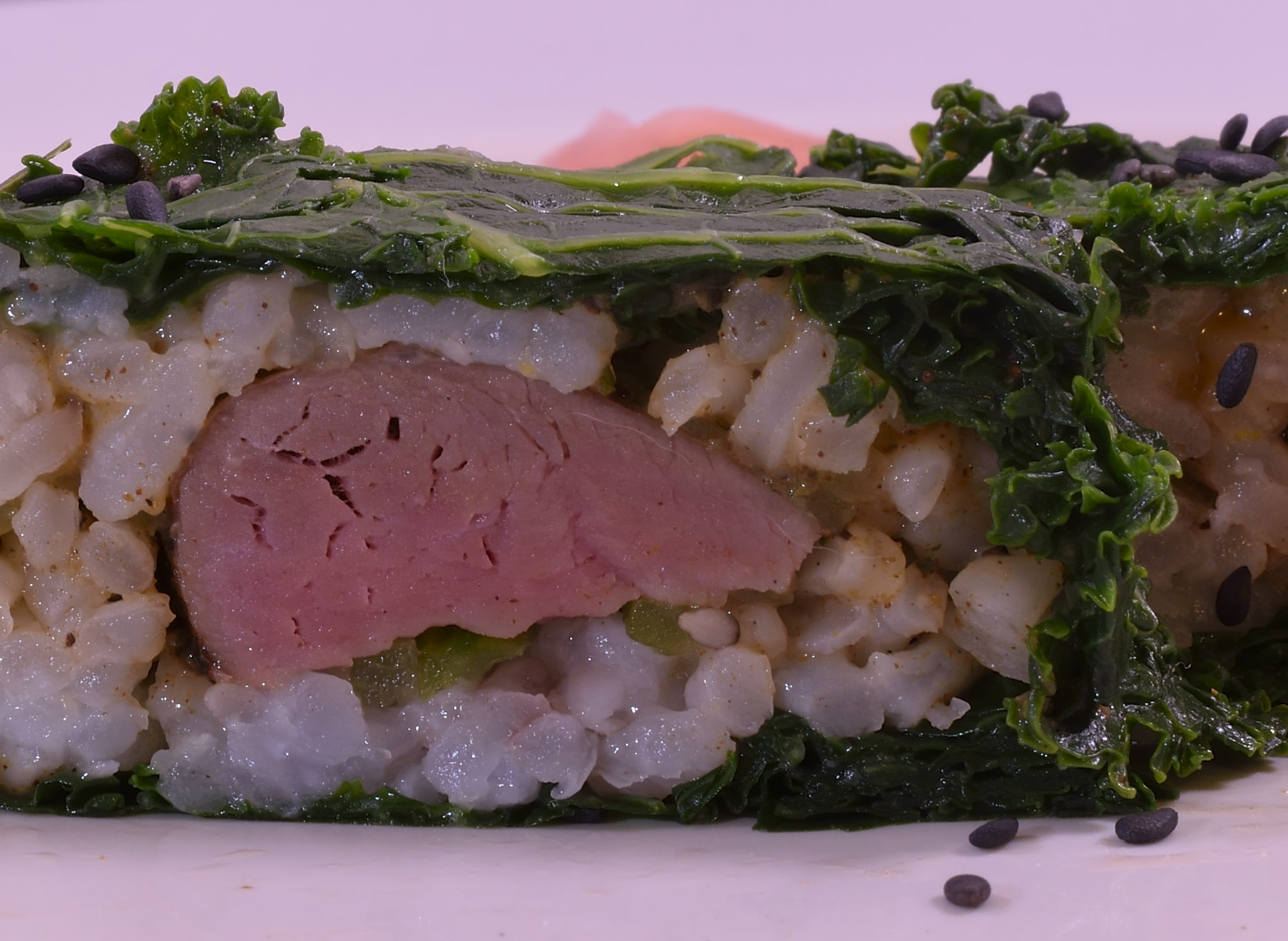
It created so much pressure that it pushed the meat over the side and squeezed some of the juice out.
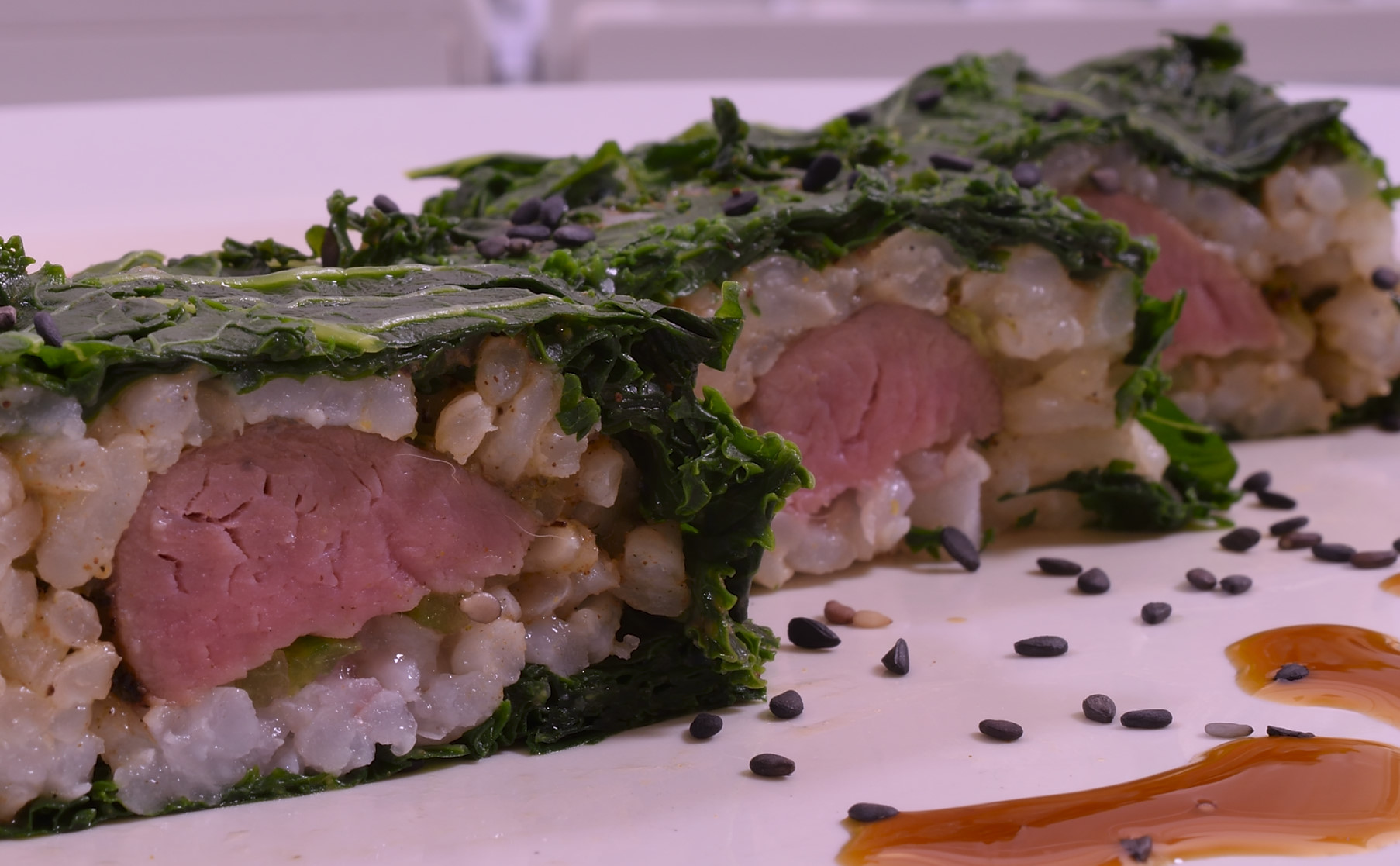
Still kind of fun.
Get serious, Man
I did another Maki, this one more conventional with Nori, et al. Much better. Black sesame seeds.

